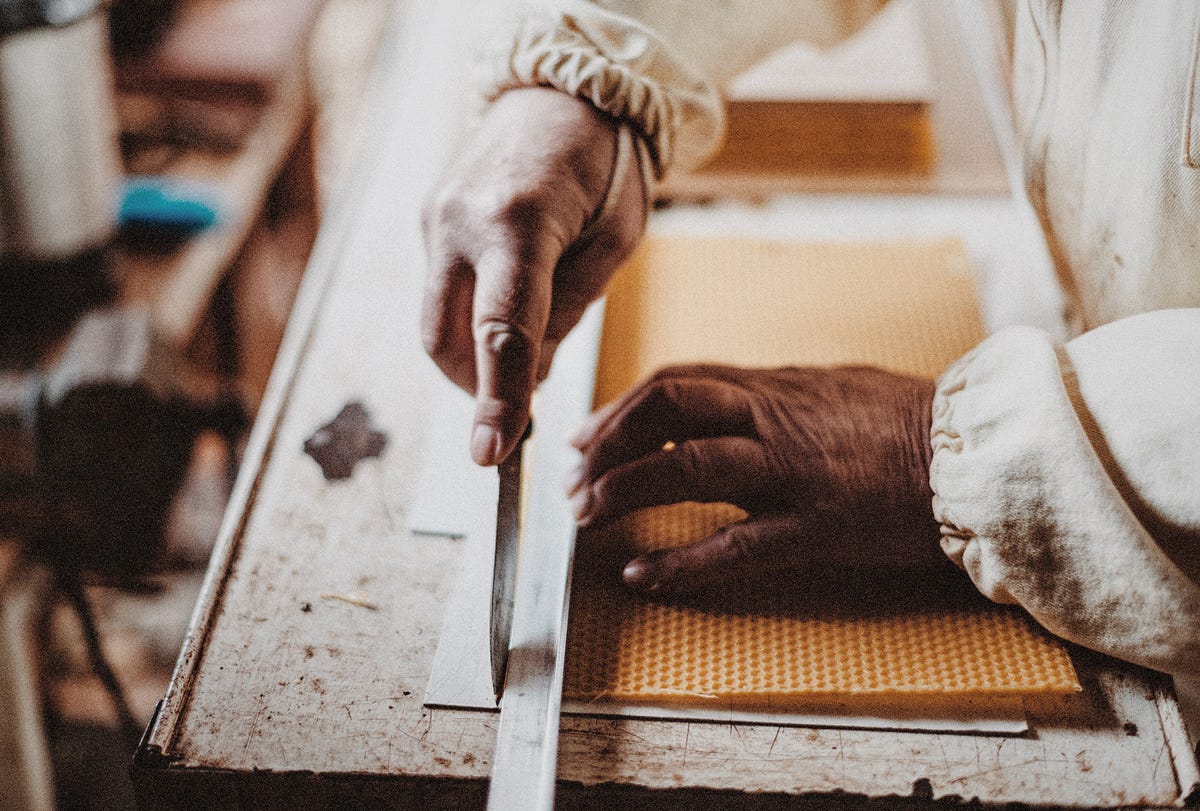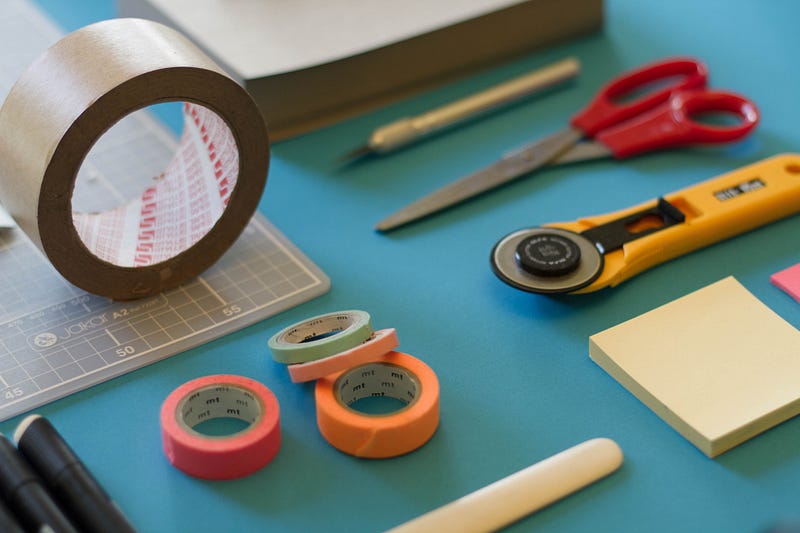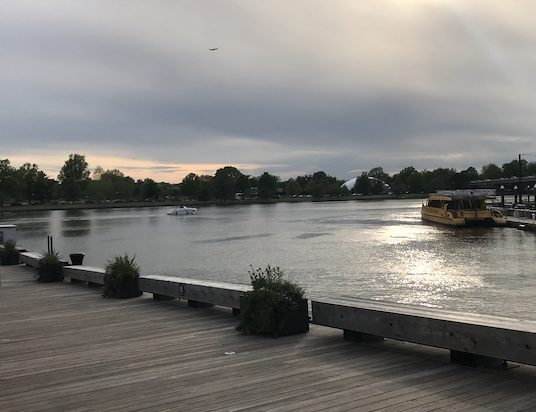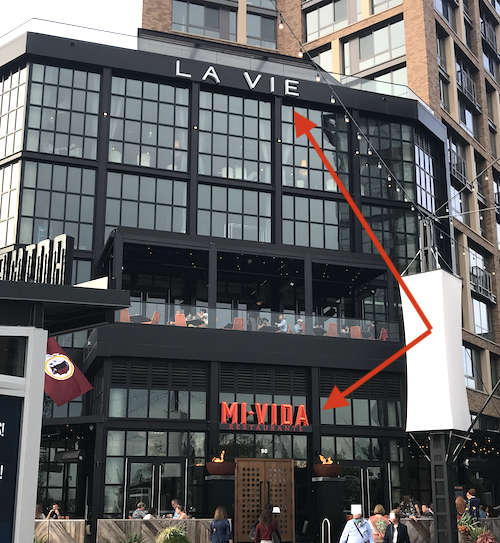The Serendipity Of Nature Photography
One little camera. One little bird

—
This weekend I found myself at the UC Botanical Garden and marveled again at how rich it is with subjects to photograph. Gorgeous trees and plants, winding walkways, seasonal flowers in bloom, epic views of Strawberry Canyon.
I have taken many photos here and find endless new things to photograph on each visit.
Plants are easy, but photographing wildlife is a bit more difficult. For me, at least.
I know the old adages, one that patience is required in shooting wildlife, another that one should expect to take a lot of shots to get to one good image.
I’ve been shooting long enough to know better. But I’ve also been me long enough to know that patience isn’t always my virtue.
Under the auspices of “the best camera is the one you have with you” I tend to shoot a lot on my iPhone. There is hot debate on the topic in the various photo clubs I belong to. Some of my fellow photographers see iPhoneography as a perfectly acceptable medium and encourage the ease and accessibility of on-the-fly photos.
Others of my peers scoff and say they will never accept iPhone photos as legitimate (really, seriously, in 2019 they say this). In that particular photo club I strip the exif data off of my photos before posting to our monthly theme review. They won’t look at my photos if they know for sure it’s an iPhone photo.
So while I shoot a lot on my iPhone (the header image, for example), I also feel the limitations of the hardware. The light has to be good to get anything worthwhile. The image quality, even in good light, is not always the best. And zoom? Forget it, the pixelation from the software zoom is more than I want to deal with.
About a year ago I decided I wanted a camera that was a little less than my big boy camera and a little more than my iPhone. After some research, many reviews read, and lots of waffling, I finally settled on a Sony Cybershot. It’s cute, fits into my pocket or purse, and has a real optical zoom versus a software zoom.
It’s a neat little camera and does a whole lot more than point-and-shoot devices used to do. In fact it’s scary how good simple pocket cameras have become.
I’m still learning the Sony and it surprises me every time I give it a try.
Like, for example, this photo:

I was enchanted by this little bird at the botanical garden. I have no idea what type of bird that is, I’m not that good at identifying species. My husband and I watched it flit from branch to branch, often coming quite close to us. The light was good, but the movement was way too fast for an iPhone. (though my husband used Live Photo and that worked pretty well)
I tried pulling out the Cybershot and fiddled with settings. I found one I hadn’t used before called “reduce motion blur” and gave it a go. I tracked the little bird, zoomed in and quick took a snap expecting very little.
No planning the shot. No endless patience waiting for the bird to turn in the right direction. No one hundred shots to get one good one.
One snap, one photo. Got it.
Because I’m naturally superstitious when shooting, I took another photo. I did so thinking I knew more than I did with the first photo, so I must be able to take a better photo, right?
Truth is, I had much less luck on the second shot (note the bird butt in the top left corner):

Photo by the author, ©2019 Karen Fayeth
And with that, I gave up. Yes, I took only two shots and got one worth keeping. How often does that happen? For me, not very often. It was a good reminder lesson in allowing serendipity in my photography.
Maybe knowing a bit more when taking the second shot turned out to be a hindrance? Maybe on the second photo I was trying too hard?
In photography, I can get rigid about the shot I want to make. I have been known to see a shot evolving in real time and then pressing too hard when trying to take the perfect version of it.
I can get obsessive and fire off image after image and come back with nothing worth looking at. In those moments I wanted the photo to be something I was not capable of producing.
Sort of the divine struggle of photography, right? To produce an image that is how you saw it in real time.
What have I learned from this serendipitous nature photography moment?
- Right place, right time. Meaning let the image happen the way it wants to evolve.
- Don’t press, just let it flow and let it go. If I don’t get the shot I wanted, okay to try again, also okay to move on.
- It helps to know your camera. In this case, I tried a new setting, but knew pretty well how to use the features of the camera including zoom, focus and settings.
It is not hyperbole when I say that little bird is among the best wildlife shots I’ve ever taken (the first one, not the bird butt one) in that it comes very close to how I saw that beautiful late afternoon winter sun on the green and yellow and brown botanical garden.
True, wildlife photography isn’t my main focus, and practice would certainly improve my images, but dang if I’m not pleased with that photo of one little bird taken with one little point-and-shoot camera.
Does it have less value since it wasn’t taken with a “real” camera? (scare quotes used on purpose. Isn’t any camera a real camera?) I don’t think so. Others might disagree.
But I like it, and that is what matters the most. Trying to shoot something I think will please someone else is always going to be hard road with no destination.
One of the things I love about photography is that it is both so easy (just get the exposure triangle right!) and so very difficult.
Note: I have done no post processing on any of the photos in this story. I could certainly fiddle with all three of them, but that was less important for me and not quite the point of this story.









